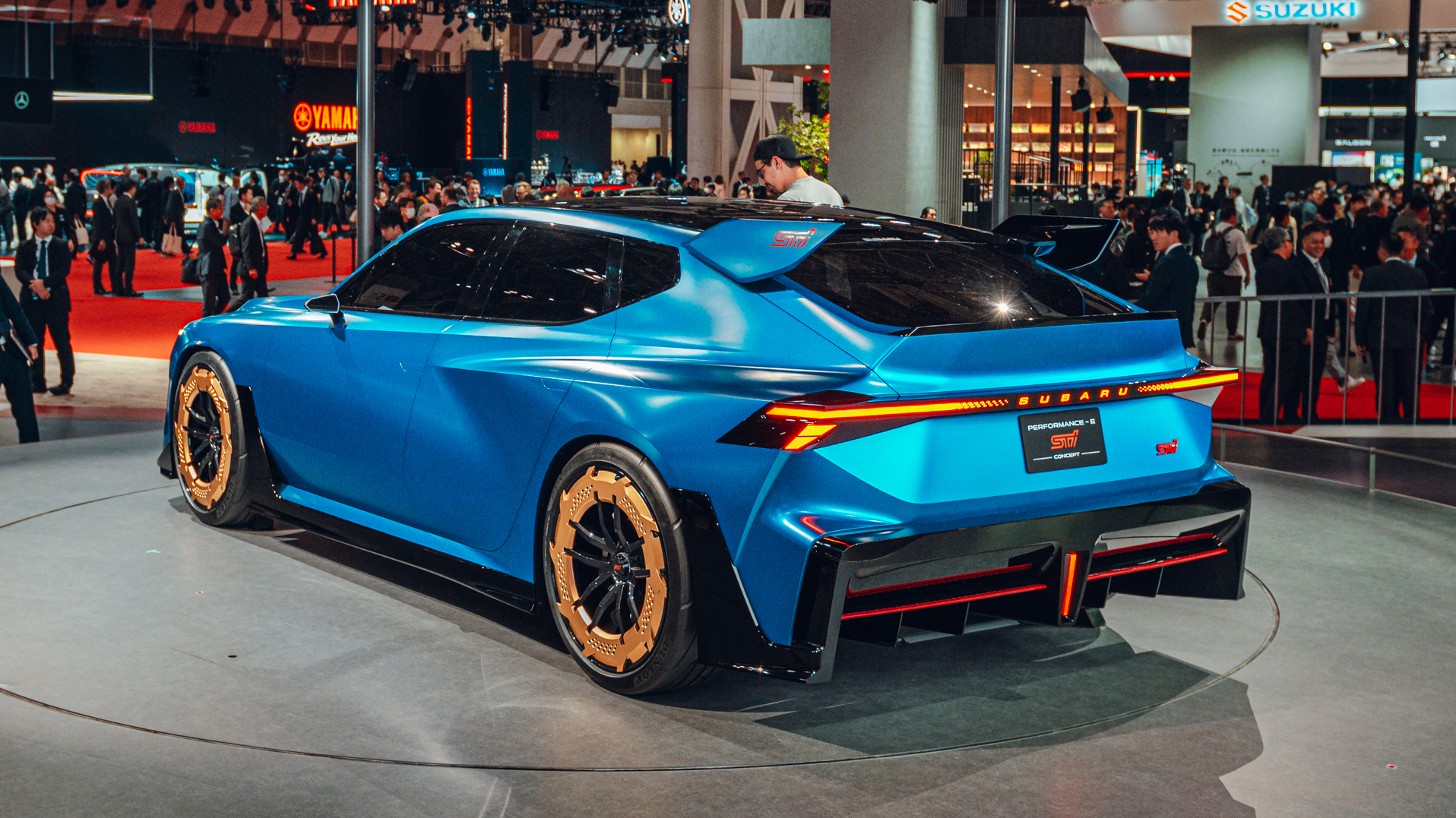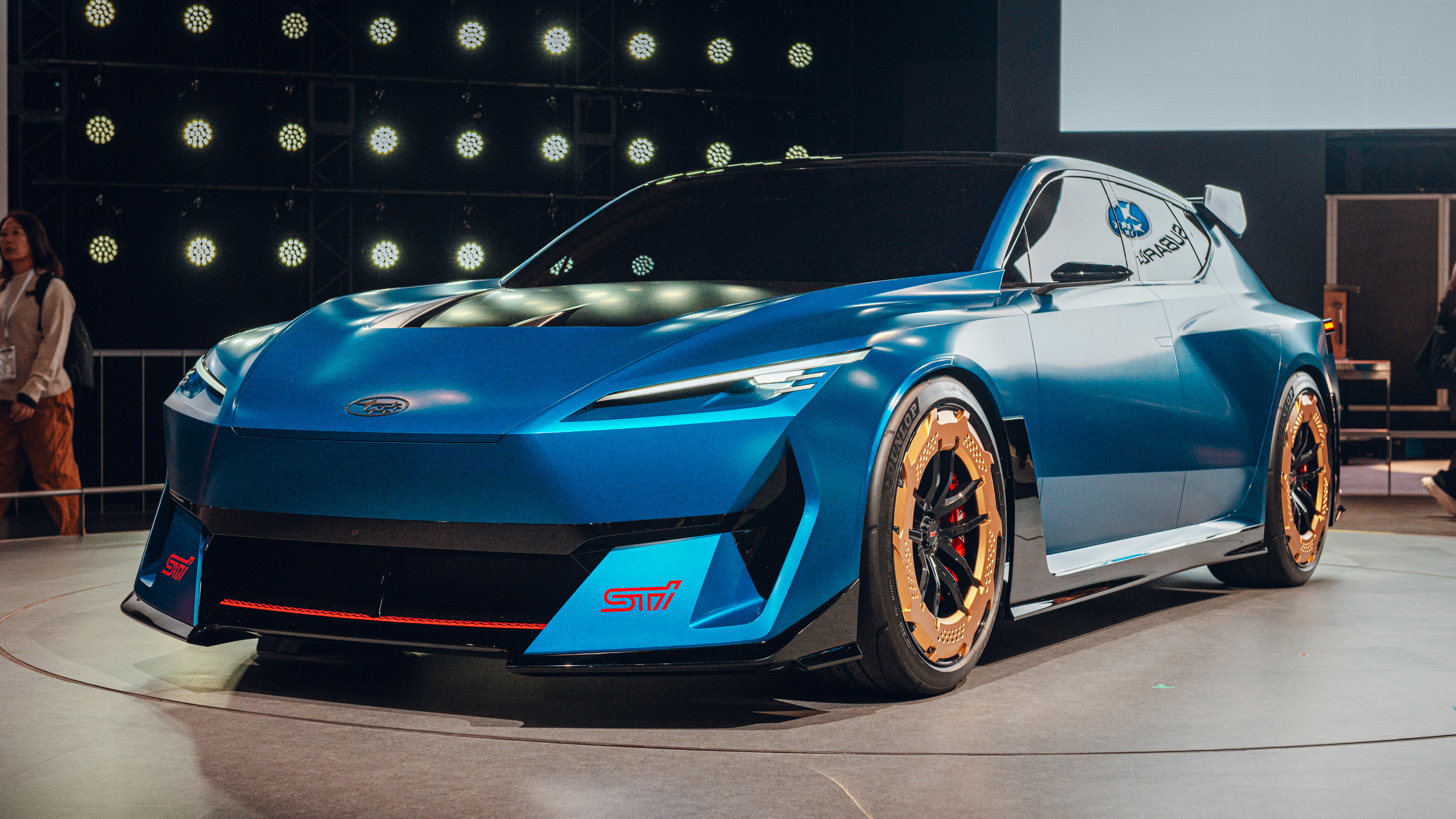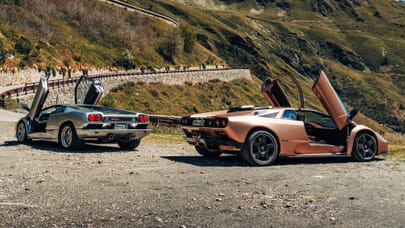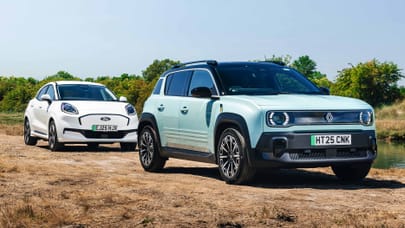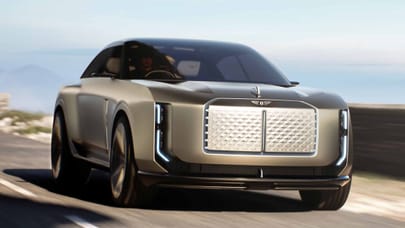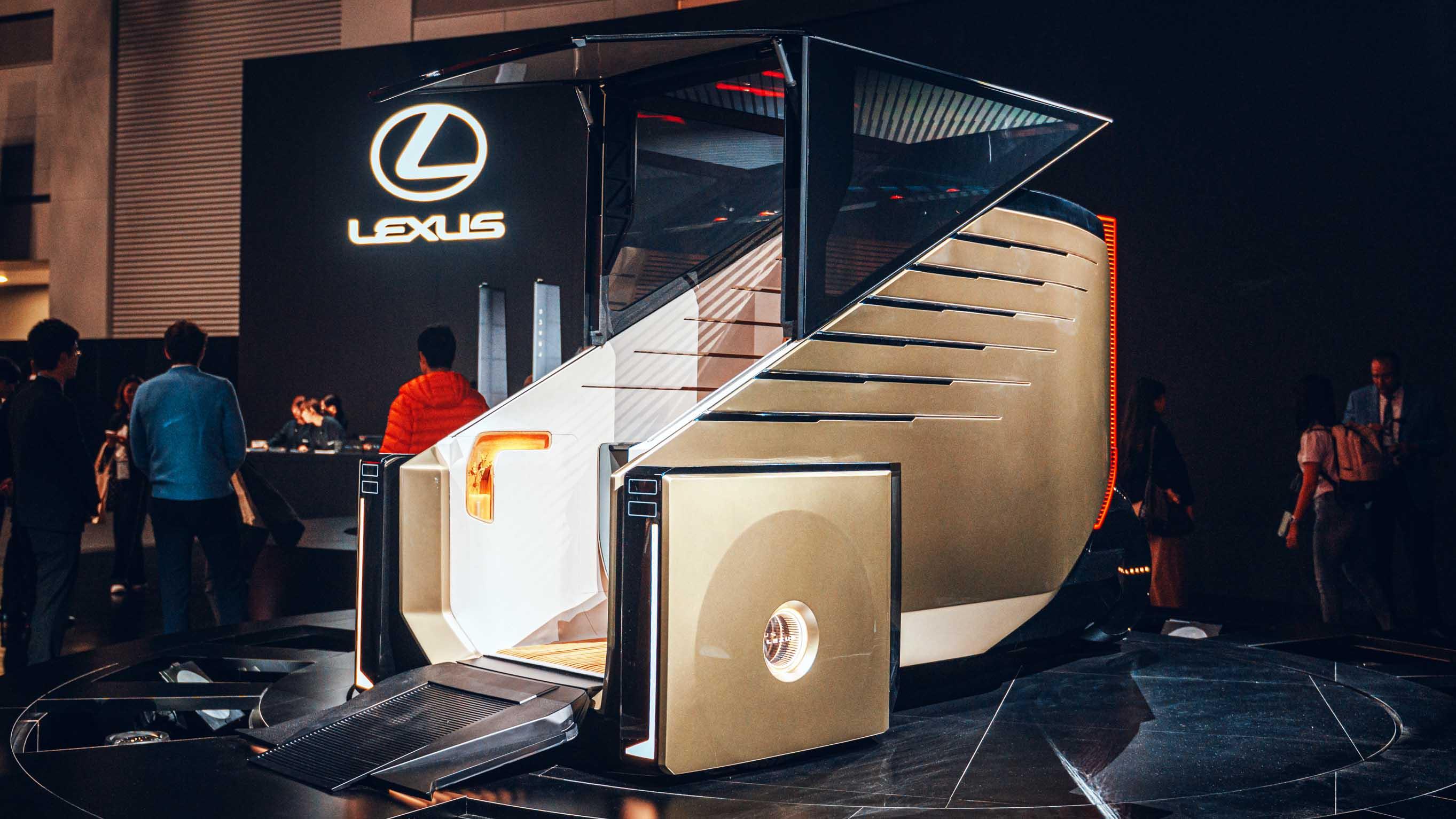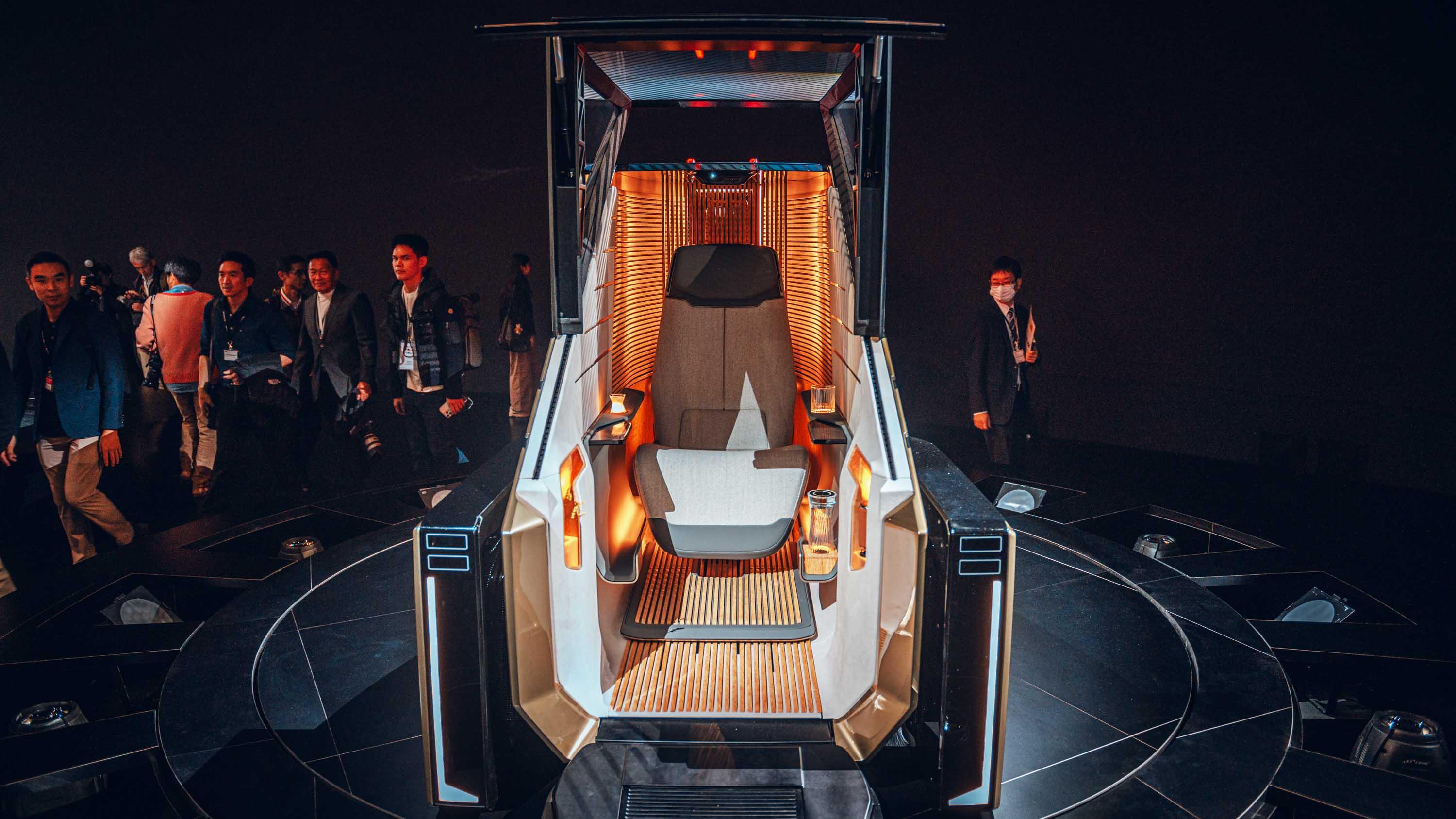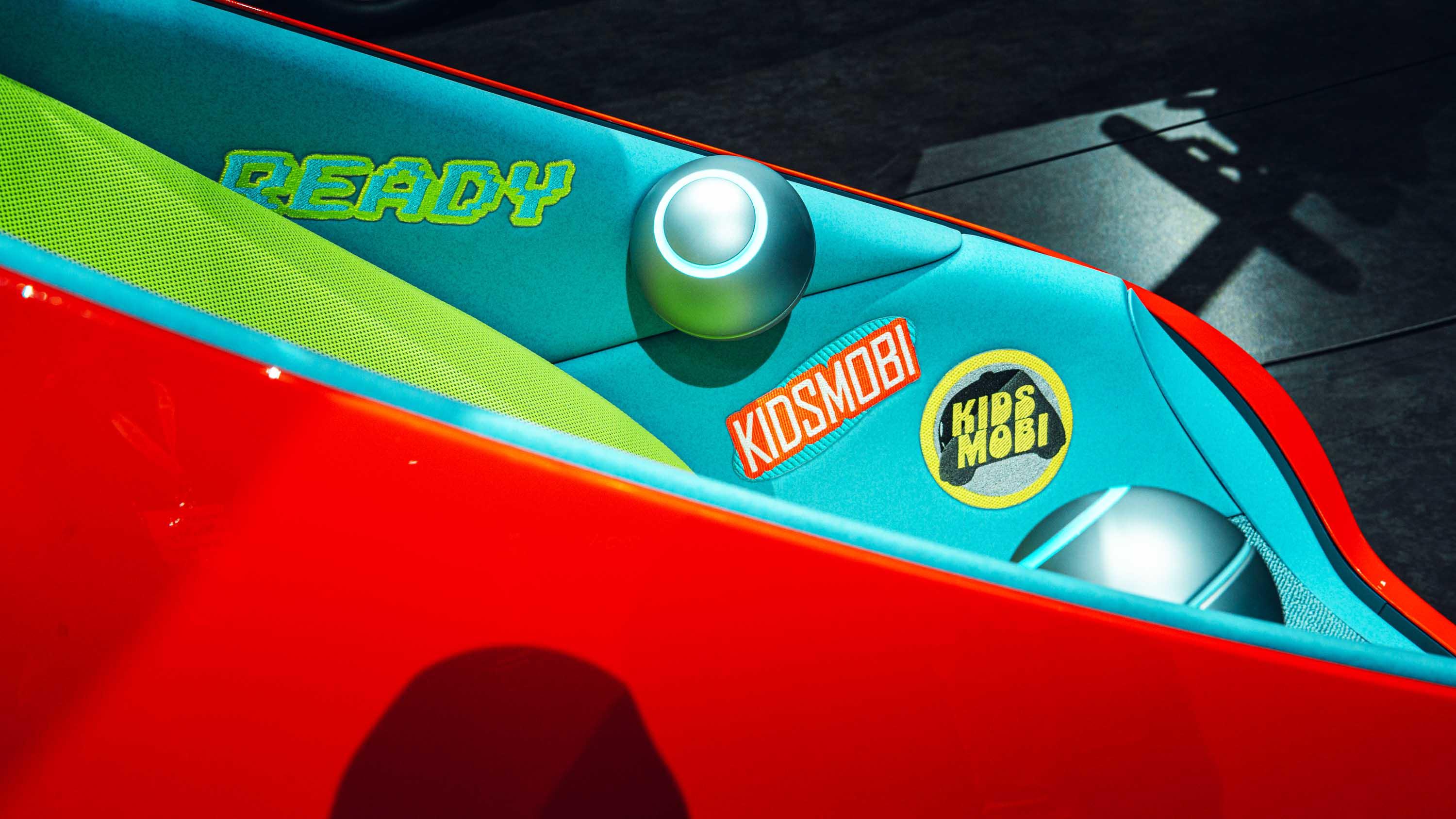
Opinion: what did we learn from 2025’s Tokyo motor show?
Lots of exciting ideas on display as Japan fights back, but can we buy them?
I find it annoying when visitors to Japan return marvelling at how ‘weird’ everything is.
Just because their alphabet is indecipherable to a Westerner, the roads are dominated by pint-sized kei cars no bigger than a G-Wagen’s key fob and the locals enjoy a Miso soup and grilled fish for breakfast, it’s disrespectful to brand Japan ‘weird’. It’s different to what you’re used to. That’s why visiting is such a refreshing assault on your cheese-smothered Western senses.
I’ve just spent two hectic days at the Japan Mobility Show. In the old days this would’ve been called a motor show, but these days carmakers want to provide ‘mobility solutions’.
Photography: Toby Thyer
So, in every direction lay EVs, autonomous pods, robots, droids and drones. It was like a school reunion for minor Star Wars characters.
On the Toyota stand alone there was an off-roading ‘Land Cruiser’ wheelchair, a walking stool that allows the disabled to dance, and a self-driving pod designed for children to commute to school in – because seven-year olds joining elementary school are statistically Japan’s most common victim of traffic accidents.
Meanwhile, a crab-walking coffee table intended to deliver packages to rural communities scuttled about next to Toyota’s family of concept vans.
So yes, there was ‘weirdness’. This was the Japanese motor industry at its most colourful and creative. A palpable sense of fightback hung in the air – that Japan had conceded too much ground to the upstart Chinese newcomers homing into market share with temptingly affordable EVs, impressive AI software and a ‘move fast and break things’ attitude.
However… when you look more closely at the headline acts, you realise there were very few cars that we can actually buy.
Toyota showed a new Corolla – an edgy looking coupe-ish saloon at that – but it’s only a concept with vague promises of hosting combustion engines, mild and plug-in hybrid and fully electric power.
Top Gear
Newsletter
Thank you for subscribing to our newsletter. Look out for your regular round-up of news, reviews and offers in your inbox.
Get all the latest news, reviews and exclusives, direct to your inbox.
Lexus made a massive splash by announcing luxury saloons are officially dead and the future of the LS is a slab-sided six-wheeler van. And when that doesn’t fit through the paparazzi, the occupant will transfer into a self-driving one-seater trike for the final leg to gig.
It shared the stand with an autonomous catamaran yacht, and visions of a high-riding sports coupe (the LS Coupe) plus the Sports Concept, which looks set to be an all-electric sister car to the upcoming V8 GR supercar. With a built-in high-speed drone.
All imaginative, exciting creations – but nothing you can actually buy. Not yet.
Same goes for the new Mazda that promises to bring back the rotary engine, for the billionth time. And yet more harking back to Subaru’s rallying glory days. All very vibrant, but precious little in the way of an on-sale date and a price. Details on how Century will emerge as a threat to Rolls-Royce were thin on the ground. Pity, because the big bad orange coupe looked immense.
Pretty much the only brand to display a proper production car ready for public consumption was Honda, which peeled the disguise off the Super-EV concept and showed us the cute, pugnacious kei car we’ll now call the Super-N. Range, price and performance isn’t yet public, but at least it’s got door handles.
In fact, most JMS optimism comes from Japan’s crusade to save the small, cheap car. Besides the Super-N we saw a handsome new Mazda supermini concept, and Daihatsu broke our jet-lagged hearts by showing off the best-looking Copen roadster yet (as a concept) – then announcing it wouldn’t be sold in Europe. Please reconsider!
Japan’s certainly supercharged its imagination mojo. There was much solemn acknowledgement that its once conservative marques need to make cool cars that people ‘want’ to buy, because being a mass-market transporter ain’t enough. Not when the rivals are this numerous and learning so fast.
What we need next are the production versions. The kept promises that prove Japan isn’t content to build something ‘weird’ for a short hit of amusement.
Get the edgy, daring stuff built, and watch Japan reclaim its role as the car industry’s strongest influencer.
Trending this week
- Long Term Review
How can you control the Volvo EX30 through a mobile phone?




